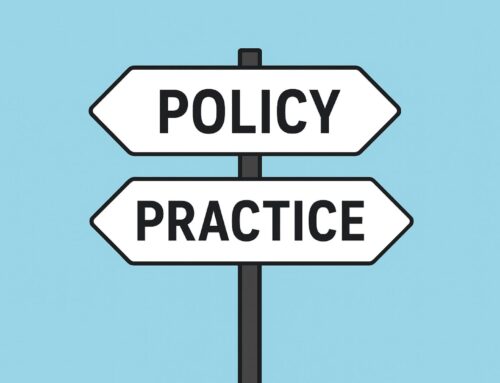Developing earned influence is the mark of true leadership.
Jim Clifton, chairman of Gallup, wrote, “There really is a silver bullet to running a culture of high performance and high development.”
There’s little that feels inspiring about a leader who relies solely on title or authority to command trust and respect. True influence is earned, not imposed. It stems from guiding, not pulling; from earning respect, not demanding it.
Clifton put it bluntly: “It’s always the manager.”
The Link Between Coaching and Employee Engagement
Influence begins internally. Leaders who inspire others have typically done the work on themselves first. They lead from a place of clarity and confidence, not desperation. They coach instead of control, uplift instead of pressure.
Research consistently supports the connection between coaching and employee engagement. According to Gallup, employees who receive regular coaching are three times more likely to be engaged at work.
Coaching fosters influence. Managing commands compliance.
Intentional coaching starts with clarity. Build a checklist of the key skills, traits, tools, and conversation topics that matter for each role. This creates a structure for feedback, ensuring development aligns with each individual’s strengths and challenges.
Assessment tools can help illuminate those unique traits. Omnia Assessments or Clifton Strengths can offer a springboard for more meaningful coaching conversations. These reports provide individual information that support individual coaching conversations.
These conversations also reinforce accountability. Coaching meetings become the space for consistent, personalized growth check-ins.
They are less about compliance, more about commitment.
Clifton also declares, “The silver bullet conversation is about progress on goals and winning with customers.”
That’s why coaching should focus on long-term development, not just tactical performance reviews. It’s where you and your team members can align on where they want to grow and how their role can evolve over time.
The best conversations look ahead, not just back.
Listening is a leadership superpower.
People have a deep need to feel heard, and listening well bolsters that feeling. Leadership communication is a two-way street. Influence grows not from telling, but from asking, extracting, and engaging.
Effective coaching acknowledges both wins and work in progress. Celebrate success, provide constructive direction, and give people space to reflect and respond. That way, they know they are seen, valued, and supported. All building blocks to engagement.
In the end, people follow you because of who you are. But they stay because of how you make them feel. And that drives true loyalty, growth, and performance.
Under influential leadership, they feel significant.



